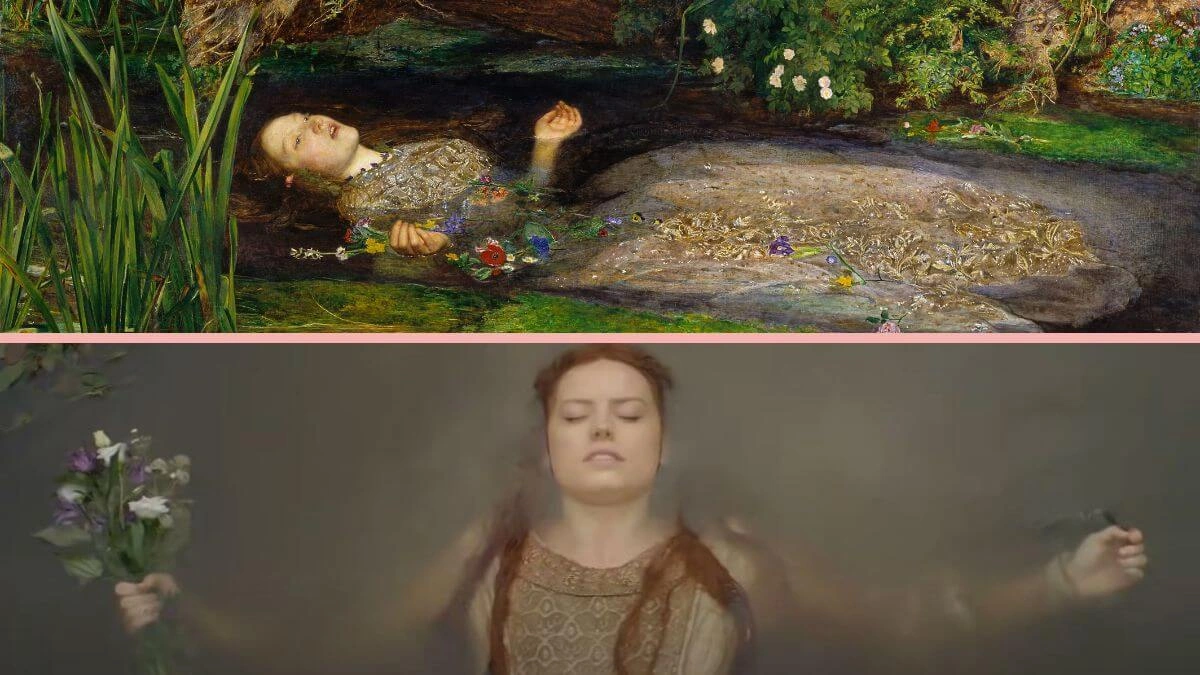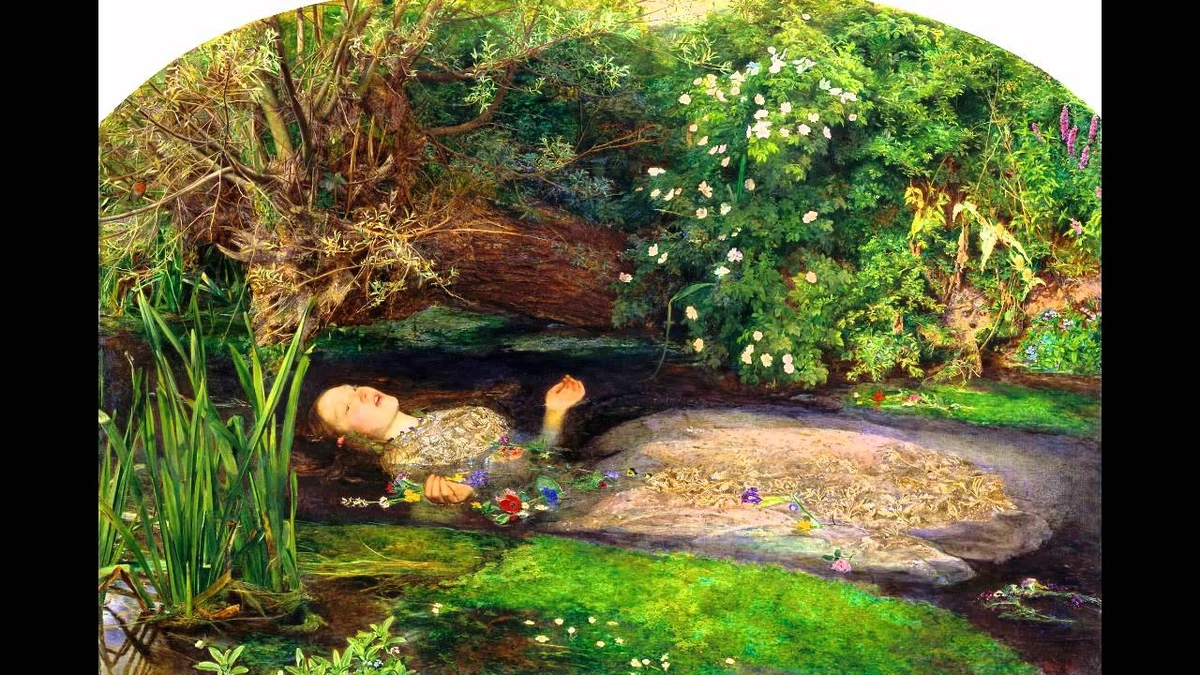Ophelia | More Than Just a Name – Unpacking the Mystery and Allure
Ophelia. The name itself evokes a certain… something, doesn’t it? Maybe it’s Shakespeare, maybe it’s the pre-Raphaelite paintings, or maybe it’s just that lilting sound. But beyond the literary and artistic associations, what is it about Ophelia that continues to fascinate us? What’s the deeper story? That’s what we’re diving into today – not just the facts, but the why behind the enduring appeal.
The Allure of Ophelia | Beyond the Tragedy

Ophelia, as Shakespeare painted her in Hamlet, is often seen as a symbol of innocence, vulnerability, and ultimately, tragic madness. But here’s the thing: reducing her to just a victim is a disservice to the complexity of the character. And frankly, it misses a big part of what makes her so compelling even now. Think about it – in a play filled with scheming politicians and vengeful ghosts, Ophelia is a breath of fresh air, a flicker of genuine emotion in a world gone mad. But, she exists within a patriarchal structure where her voice and agency are systematically taken from her.
Her story isn’t just about her downfall; it’s about the societal forces that contribute to it. It’s about the stifling expectations placed upon women, the lack of control over their own destinies, and the devastating consequences when those expectations are shattered.
Decoding Ophelia’s Madness | A Modern Lens
Let’s be honest: the term “madness” itself is loaded with historical baggage. But if we look at Ophelia’s descent through a more modern lens, we might see something different. Perhaps it’s not madness, but a profound grief, a complete unraveling in the face of unimaginable loss and betrayal. Her father’s death, Hamlet’s rejection – these are seismic events that would shake anyone to their core. And in a time when women had little recourse, little power to assert their own needs, is it any wonder that Ophelia’s sanity fractured? According to the articleWikipedia, Ophelia’s mad scenes in Shakespeare’s play have been interpreted in various ways over the centuries, reflecting changing cultural attitudes towards women and mental health.
What fascinates me is how her experience resonates even today. We see echoes of Ophelia in individuals struggling with mental health, in those silenced and marginalized, in anyone who has felt the crushing weight of societal pressures. The play offersinsight into the struggles of women in different ways.
The Pre-Raphaelites and the Immortalization of Ophelia
And then, of course, there are the paintings. The pre-Raphaelite artists, particularly John Everett Millais, immortalized Ophelia in a way that continues to captivate. Millais’ painting, in particular, is iconic – Ophelia floating in a stream, surrounded by flowers, her gaze serene even in death.
But here’s the thing I initially thought was straightforward, but then I realized it’s far more complex: The flowers themselves are not just decorative; they’re symbolic, each representing a different aspect of Ophelia’s story and her fate. Violets for faithfulness, pansies for remembrance, and so on. The painting is a visual poem, a layered and nuanced interpretation of Shakespeare’s character. It’s a reminder that art can provide a powerful lens through which to understand complex emotions and enduring themes.
Ophelia in Contemporary Culture | A Resurgence
But Ophelia’s influence doesn’t stop with Shakespeare and the pre-Raphaelites. She continues to pop up in contemporary culture – in music, film, literature, and even fashion. Why? Because her story, at its core, is timeless. It’s a story about love, loss, betrayal, and the struggle for identity in a world that often seeks to define us. She symbolizes tragic beauty and the complexities of the human condition, even in the modern age. Female representation in media today continues to be a topic of discussion and debate.
Consider this: Ophelia has been reimagined in countless ways – as a feminist icon, a symbol of resistance, a victim of patriarchal oppression, and a figure of ethereal beauty. Each interpretation reflects the concerns and values of its time. That’s the beauty of great art – it’s open to interpretation, it’s relevant across generations, and it continues to spark conversation. This exploration also helps readers understand Shakespearean tragedies.
The enduring power of Ophelia lies in her ability to reflect our own anxieties, our own hopes, and our own struggles. She is a mirror to the human condition, a reminder that even in the darkest of times, there is still beauty to be found. The themes of her narrative mirror contemporary issues surrounding mental health awareness .
Beyond the Stage | Lessons from Ophelia’s Story
So, what can we learn from Ophelia’s story? Well, for starters, it’s a reminder to be mindful of the pressures we place on ourselves and on others. It’s a call for empathy, understanding, and a willingness to challenge societal norms that stifle individuality. It also reminds us of the importance of mental health and seeking support when we need it. The play offers a poignantcommentary on society and the individual.
Let me rephrase that for clarity: Ophelia’s story is a cautionary tale, yes, but it’s also a call to action. It’s a reminder that we have the power to create a more just and compassionate world, one where everyone has the opportunity to thrive. And that, I think, is why Ophelia continues to resonate with us, centuries after Shakespeare first put pen to paper.
FAQ About Ophelia
Why is Ophelia so often depicted near water?
Ophelia’s death by drowning is a key element of her tragedy, making water a central image associated with her.
What does Ophelia symbolize?
She often symbolizes innocence, vulnerability, madness, and the tragic fate of women in patriarchal societies.
How has Ophelia been reinterpreted in modern times?
She’s been seen as a feminist icon, a symbol of mental health struggles, and a victim of societal pressures.
What is the significance of the flowers in Millais’ painting of Ophelia?
Each flower carries symbolic meaning, reflecting different aspects of Ophelia’s life and death.













